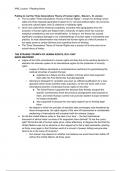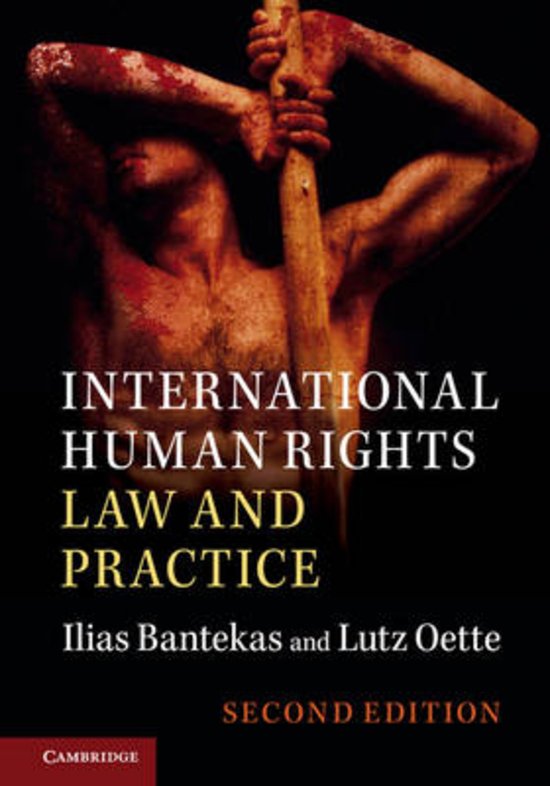Class notes
Full Lecture notes (incl. Readings and WG) for INTERNATIONAL HUMAN RIGHTS LAW IN TODAY’S WORLD
- Course
- Institution
- Book
INTERNATIONAL HUMAN RIGHTS LAW IN TODAY’S WORLD - full reading notes - lecture notes - WG grade awarded: 8
[Show more]




